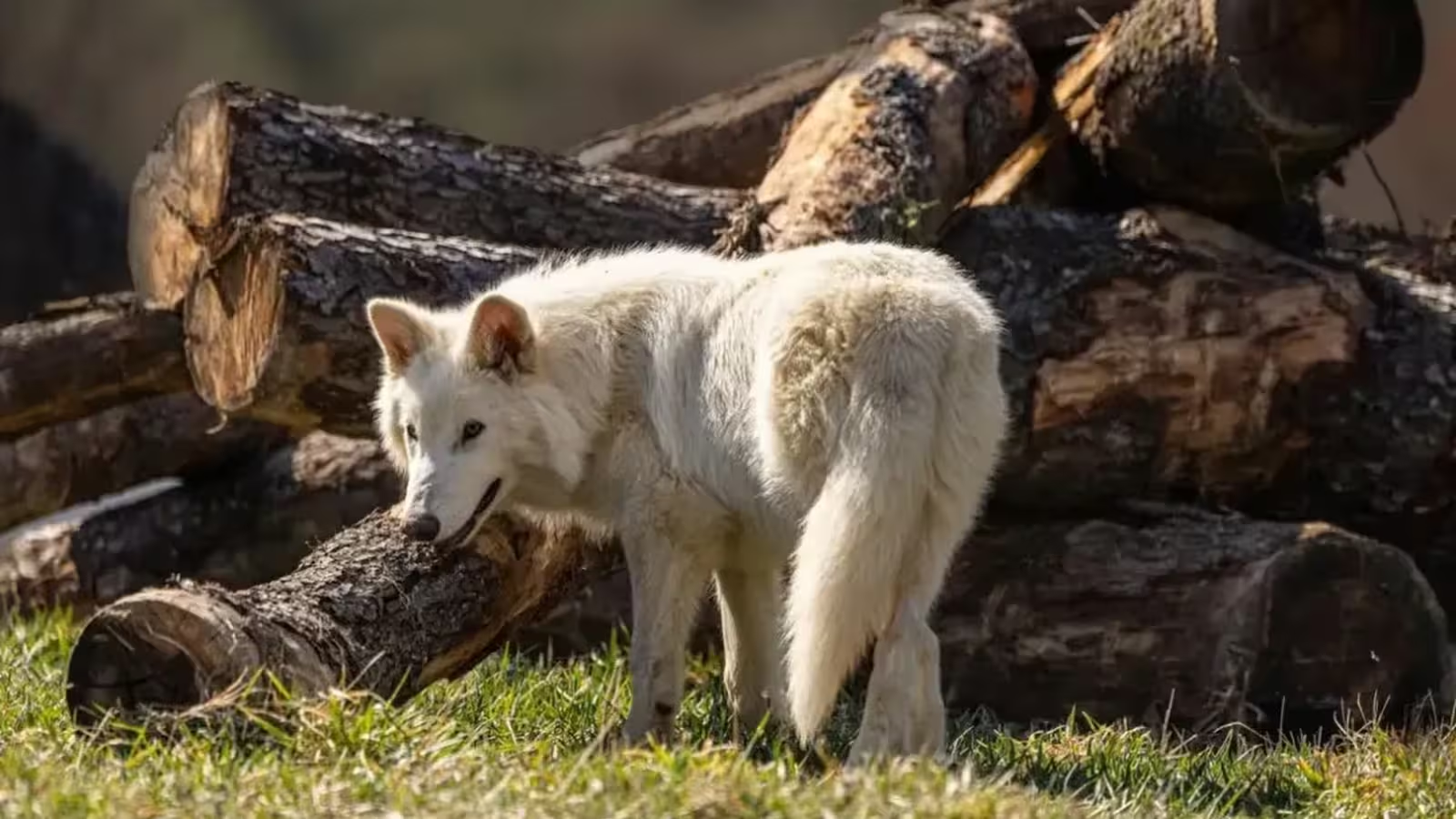5 Minutes
Background: The Controversy Over Dire Wolf De-Extinction
In April 2024, the renowned biotech company Colossal Biosciences made global headlines with the announcement that it had successfully brought the extinct dire wolf (Canis dirus) back to life. Hailed as a milestone in de-extinction technology, the claim sparked intense excitement in the media, with many reporting this as the first successful resurrection of an extinct carnivorous mammal. However, scientific observers and critics quickly raised doubts about the veracity of this breakthrough, arguing that Colossal’s so-called dire wolves were in fact genetically modified gray wolves (Canis lupus), not true revivals of the long-lost Pleistocene predators.
Inside the Science: What Did Colossal Actually Create?
Colossal’s project involved editing 20 genes in the genome of modern gray wolves—the closest living relatives of dire wolves—using advanced CRISPR-based genetic engineering techniques. According to Beth Shapiro, Colossal’s chief scientist and a leading expert in paleogenomics, the resulting animals are genetically engineered gray wolves with select genes adapted to resemble some ancient dire wolf traits. In a recent interview, Shapiro candidly stated, “It’s impossible to bring back something that’s completely identical to an extinct species. Our animals are gray wolves with 20 targeted genetic edits and we’ve always said so. Informally, people call them ‘dire wolves,’ which has upset some critics.”
This admission marks a shift in tone compared to earlier company statements, which often referred to the new animals simply as ‘dire wolves.’ Richard Grenier, a researcher from Oxford University, pointed out, “This statement provides a clearer understanding of both the achievements and the limits of what they’ve done. What they haven’t done is bring the dire wolf back from extinction.”
Scientific Definitions and the Species Debate
At the heart of the debate lies the definition of species and what it means to ‘revive’ one. Previously, Colossal’s press releases justified the name ‘dire wolf’ for their engineered animals by referencing morphological (physical appearance) similarities. Shapiro noted, “We use the concept of morphological species: if they look like the animal, they are the animal.” However, experts challenge whether even visual similarity has been achieved. Claudio Sillero, also of Oxford, asserts that available evidence suggests dire wolves likely had reddish-brown coats, not the pale or gray shades of modern gray wolves, further questioning the accuracy of the engineered animals’ portrayal.

Public Messaging and Ethical Concerns
Colossal’s use of the name ‘dire wolf’ in both scientific and mainstream communication has generated significant backlash. Critics point to inconsistencies between company marketing—such as referring to these animals as ‘Romulus,’ ‘Remus,’ and ‘Khaleesi,’ the 'first dire wolves’ to walk the Earth in 12,000 years—and private admissions by key scientists that these are not true dire wolves. This contradiction raises ethical questions about scientific integrity, transparency, and public trust when it comes to communicating advances in synthetic biology and de-extinction.
De-Extinction and Conservation Risks
The debate isn’t simply academic; it carries important real-world implications for wildlife conservation. Some policymakers, especially during prior U.S. administrations, promoted the belief that extinct species could simply be restored via biotech, potentially reducing the urgency to protect endangered species today. Shapiro, addressing this concern, emphasized, “Linking this work to the idea that we no longer need to care about endangered species is extremely dangerous.”
Equally, Grenier notes, “The key word here is ‘sudden.’ For years, scientists have warned that if the public comes to believe de-extinction is possible, support for traditional conservation efforts may decline.” Despite these warnings, Colossal’s official stance highlights de-extinction as a solution to the global extinction crisis: “Extinction is a vast global problem and the solution is to revive extinct species.”
Achievements, Limitations, and Scientific Impact
Even critics of Colossal’s messaging acknowledge the scientific and technological achievements behind the scenes. Modifying gray wolf genomes with such precision is a significant step forward in genetic engineering and could pave the way for further advances in understanding ancient DNA, evolutionary biology, and conservation genetics. However, as Grenier underscores, “This work is disruptive and advanced, but it is not the restoration of an extinct species.”
Colossal maintains that their approach falls under ‘functional de-extinction’—restoring key traits or ecological roles of extinct animals, if not their exact genomes. A company spokesperson stated, “We’ve implemented 20 specific genetic edits to gray wolf cells. As the gray wolf is the closest living kin to the dire wolf, and as shown in our paper, with these changes we have recreated the dire wolf’s functional characteristics. We have always used the concept of functional restoration. These are facts, and nothing has changed.”
Furthermore, Colossal acknowledges the ongoing scientific debate surrounding the nature and definition of ‘species.’ The spokesperson concluded, “Species is ultimately a human-constructed concept. Other scientists are free to disagree and call these animals whatever they wish. Khaleesi, Romulus, and Remus are still the first ‘dire wolves’ to walk the Earth in 12,000 years.”
Conclusion
Colossal’s pioneering gene-editing project spotlights both the remarkable promise and nuanced challenges of de-extinction science. While the technological achievement of integrating ancient traits into living animals is undeniable, the debate over definitions, transparency, and potential conservation impacts remains unresolved. The scientific community broadly agrees that, at least for now, we are not witnessing the true return of the dire wolf, but rather the creation of genetically engineered gray wolves with select ancient features. Ultimately, this story underscores the critical importance of precise communication when announcing breakthroughs at the intersection of biotechnology, genetics, and wildlife conservation.


Comments